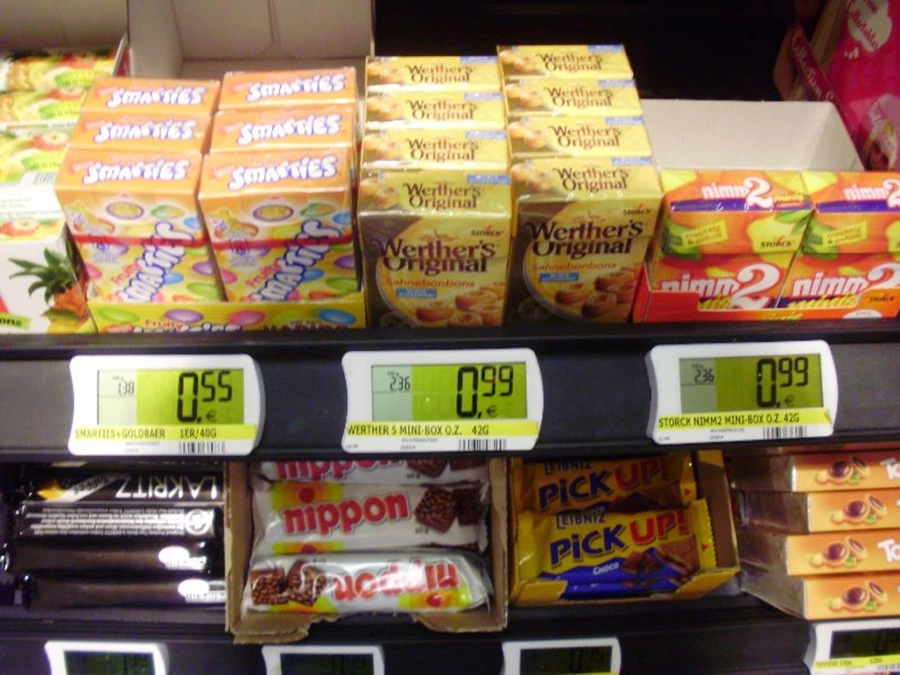This week for Ask an Economist, I have another question from Dr. Overfield. His question is:
“I would like to ask another economics question. While reading The Wall Street Journal I note that food prices in the United Kingdom have increased 19% the past year while inflation is recorded as 11%. I note that in articles discussing inflation, food and energy prices are always excluded from the calculation. Since those items are most important to keep us from starving in our cold, dark rooms, why are those items excluded from the calculation of inflation?”
Food and energy are actually considered in some inflation measures, including the measure that usually hits news headlines, but Dr. Overfield is correct that food and energy are often excluded in conversations about inflation. So why are they sometimes excluded? In order to answer this, it’s helpful to talk about the different ways the government reports inflation.
Quantifying Inflation
Conceptually, when government authorities try to quantify inflation, what they’re trying to figure out is whether the average level of prices for goods is increasing or decreasing. For example, imagine a world where scientists discover a new use for gold in medicine. Let’s say consumers have a large demand for this new use. In that case, microchips that use gold will go up in price relative to microchips that do not use gold.
While this may mean some goods are more expensive, and it may even register as increased inflation in a small way, in a very real way this is not inflation. The price of goods and services have not all increased relative to the value of money. Instead, a particular good has increased in value relative to wages and other goods.
Instead, now imagine a world where all microchips, and all other goods, increase in price. This sort of situation shouldn’t be hard to imagine, because it’s essentially what’s been happening since the government ballooned the money supply from 2020-2022. This is closer to what most economists are talking about when they discuss inflation.
So conceptually we understand the idea of all prices rising, but how is inflation quantified?
You might think that inflation should simply be quantified by looking at the price of every good and service, taking the average, and seeing how the average moves. But there is a problem with this way of doing things.
One type of good that is purchased that can increase in price is fighter jets. Imagine fighter jets double in price, and this doubling causes higher reported inflation. Does it make sense to include this? Maybe for some measures, but if we’re trying to figure out how the average person is doing with making ends meet, fighter jets don’t seem relevant.
So we can exclude government purchases from our purview. But now consider a private purchase: yachts. Imagine something causes the price of yachts to plummet during a period of inflation. If this happened, and yachts were a good we considered when measuring inflation, inflation would appear to be lower due to falling yacht prices.
Yacht prices are a little more relevant to the average person than fighter jet prices, but in general most people would probably not celebrate lower inflation if falling yacht prices were the main driver.
This isn’t to say we can never include yachts, only that you lose relevance to the average person when you do so. In fact, there are a lot of goods in the economy that an average person does not worry too much about. Including them gives us some correct information, but it causes the measure to be less relevant to ordinary people.
One index that tries to stick to goods and services relevant to the average consumer is the Consumer Price Index (CPI). CPI is not a perfect tool, but it provides some guidance in understanding how prices in the economy are changing.
Essentially, CPI is constructed by surveying a group of Americans about what they purchase. From these surveys, a group or “basket” of commonly purchased goods is created. The price of this basket of goods is tracked and compared over time to track inflation.
For example if the basket of goods cost $100 a year ago, and the same basket costs $106 today, that means the index shows 6% inflation over the last year.
CPI is generally the number that is reported each month when the Bureau of Labor Statistics (BLS) releases price data.
However, as Dr. Overfield pointed out, usually these articles (and the BLS reports) spend some time discussing the numbers without food and energy. Why?
CPI-U vs. Core CPI
The number that reaches the headlines about inflation is CPI-U or the Consumer Price Index for All Urban Customers. It’s so commonly reported that it is sometimes called “headline” inflation.
But frequently economists and policy-makers will choose to talk about Core CPI. To find Core CPI, you take your basket of goods, throw out all the food and energy from the basket, and compare your basket without food and energy over time instead.
But wait a minute. If we want to track the inflation that actually affects people, why would we want to throw out food and energy? Surely those are two of the most impactful types of goods on Americans’ budgets?
If anyone was ever claiming you should completely ignore CPI-U in favor of Core CPI, this objection would be right-on. It would be crazy to completely ignore changes in food and energy prices. But that doesn’t mean there is no good reason for considering the separate statistic of Core CPI.
Why would it be valuable to exclude food and energy? I can think of two reasons why economists and policy-makers might do so—one good and one bad.
The good reason to consider at least one inflation statistic without reference to food and energy is that the prices of goods in these categories are extremely volatile. Consider energy. Much of what determines oil prices is based on the relationship with organizations like OPEC and various international conflicts. Gas prices can swing way up or way down for reasons unrelated to what is driving price changes in the rest of the economy.
So, while inflation statistics try to capture the movement of prices in general in the economy, huge swings in oil and food prices can cause the CPI measure to overstate or understate the price increases that are happening in the rest of the economy. Food, to a lesser degree, can do the same.
Again, the point is not that these price swings do not affect people. They certainly do. And because they have such a big impact, including them could lead to strange results. For example, imagine the price of all goods and services except gas decreased slightly over a month or year. At the same time, gas prices doubled (which they are known to do).
If the gas price increase outweighed the other decreases, would it be right to say this economy is experiencing an average increase in the price level?
Technically yes, but in another sense we all understand this situation is different from the situation we are in today where the prices of most goods and services are increasing. So Core CPI is valuable in that it helps us differentiate between these two situations.
The bad reason why some might find it valuable to focus on Core CPI is that when you have multiple measures of inflation, politicians and bureaucrats can pick and choose the one that tells the best story for them.
If you’re a sitting president and food and gas prices are rising more quickly than all other prices, you have an out to say, “those markets aren’t representative of the economy as a whole. Let’s talk about Core CPI.” On the other hand, when food and energy prices fall, you can say, “of course we need to consider food and energy—those are the most important things to everyday Americans.”
It’s a “heads I win, tails you lose” scenario.
Despite the politicking that goes on with these indexes, I think both have a place in helping us talk about what’s going on, insofar as we need economic statistics at all. So while you should be wary of anyone telling you that food and energy shouldn’t be considered at all, Core CPI does tell its own story about the economy.

Peter Jacobsen
Peter Jacobsen teaches economics and holds the position of Gwartney Professor of Economics. He received his graduate education at George Mason University.

